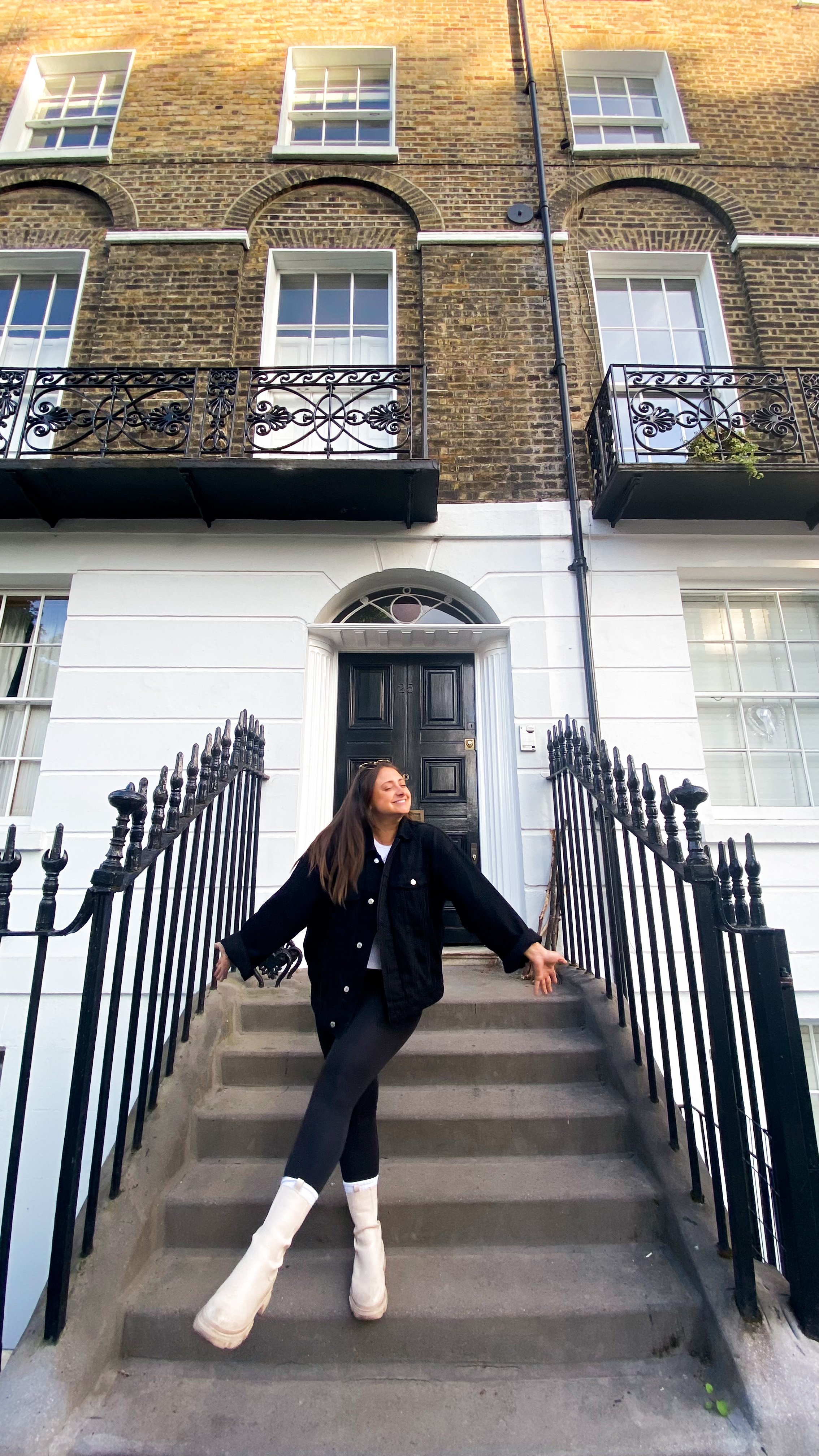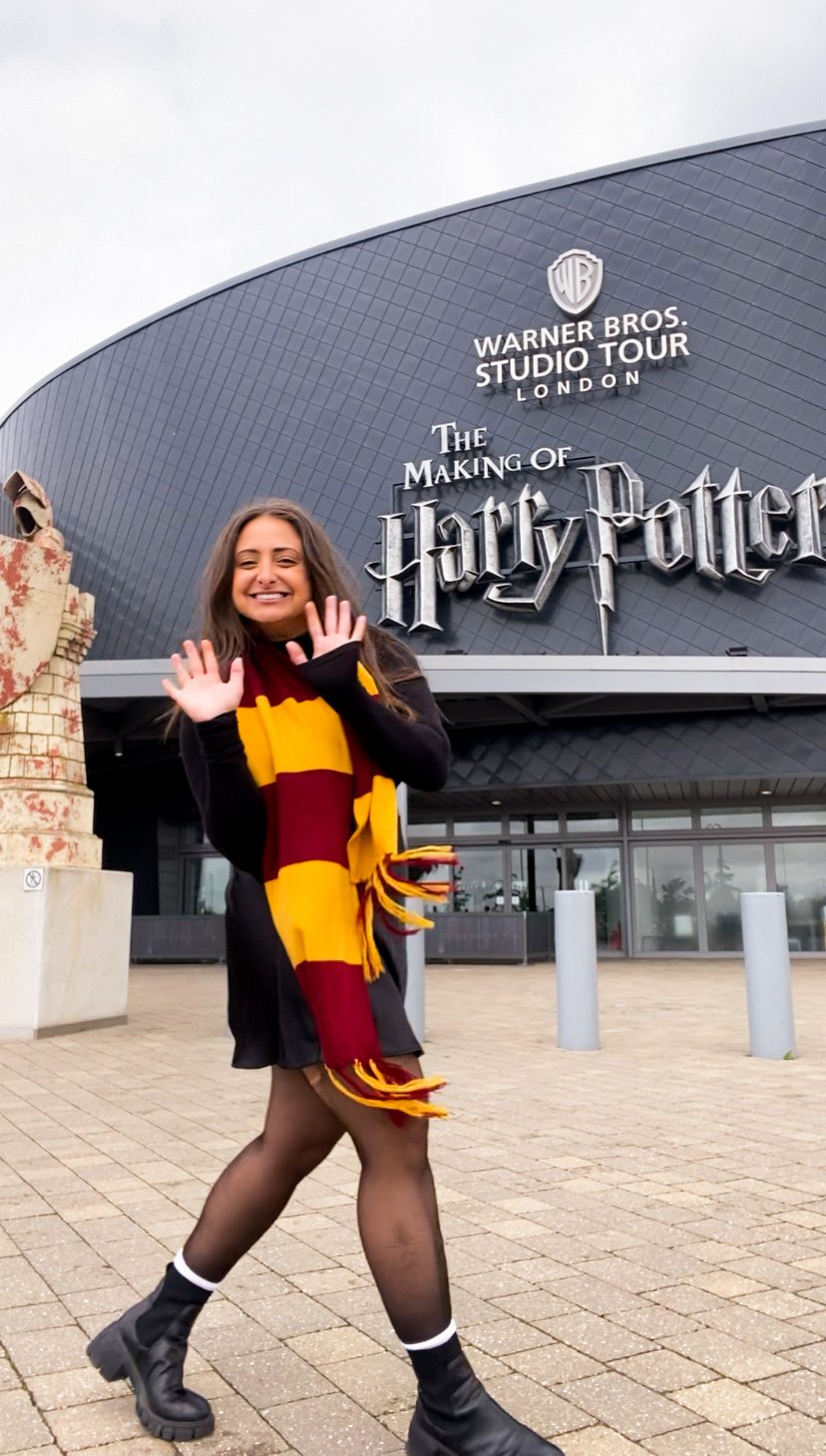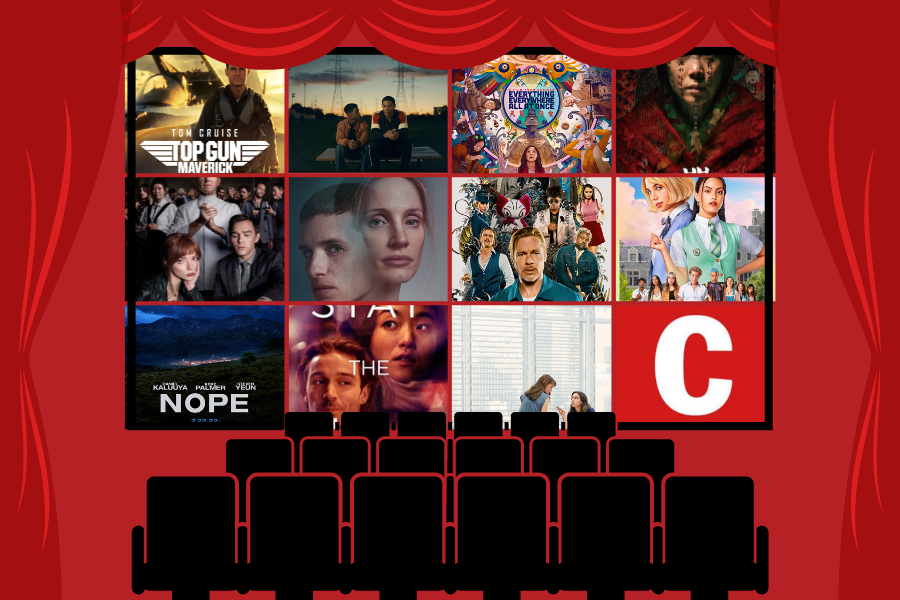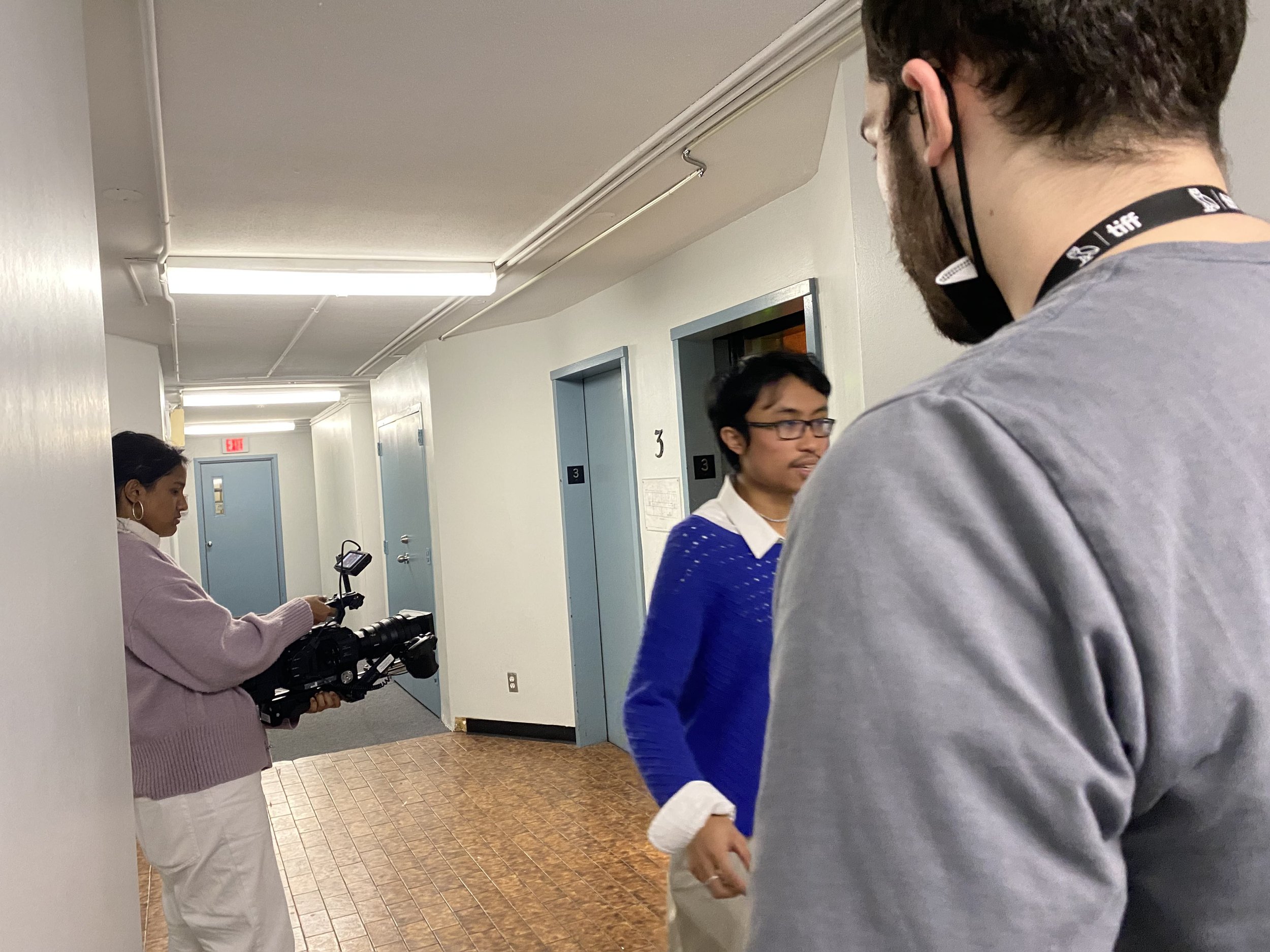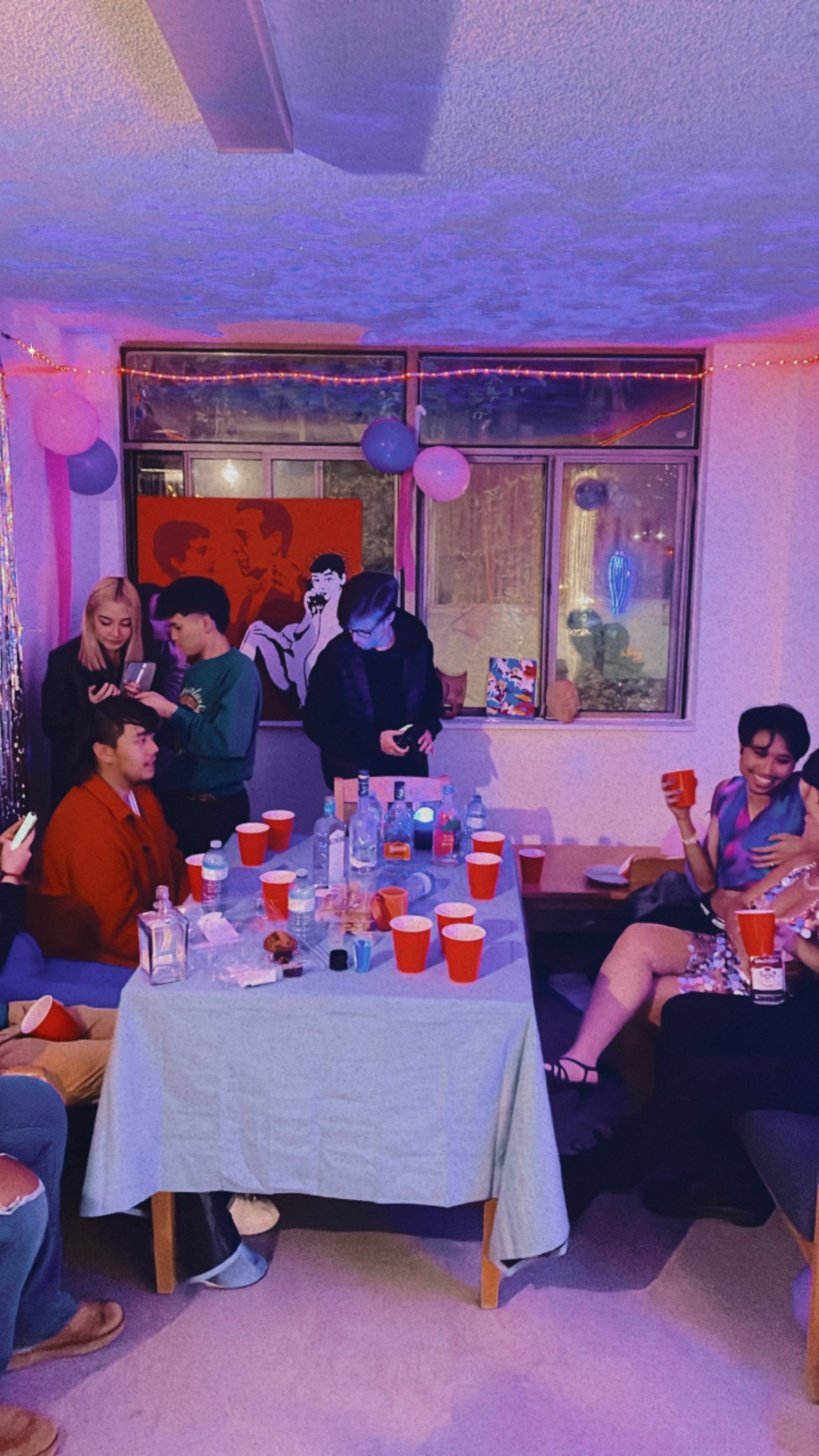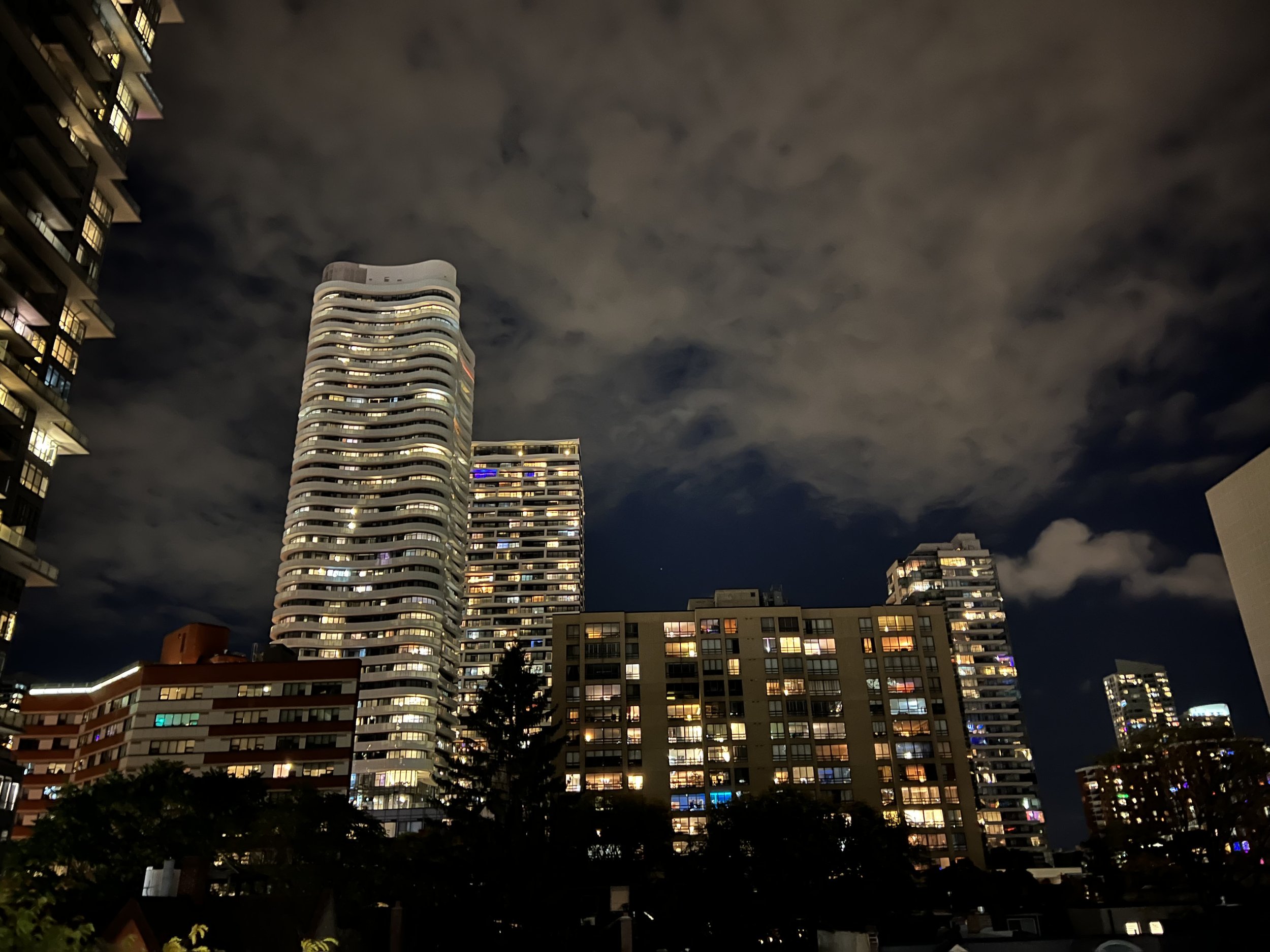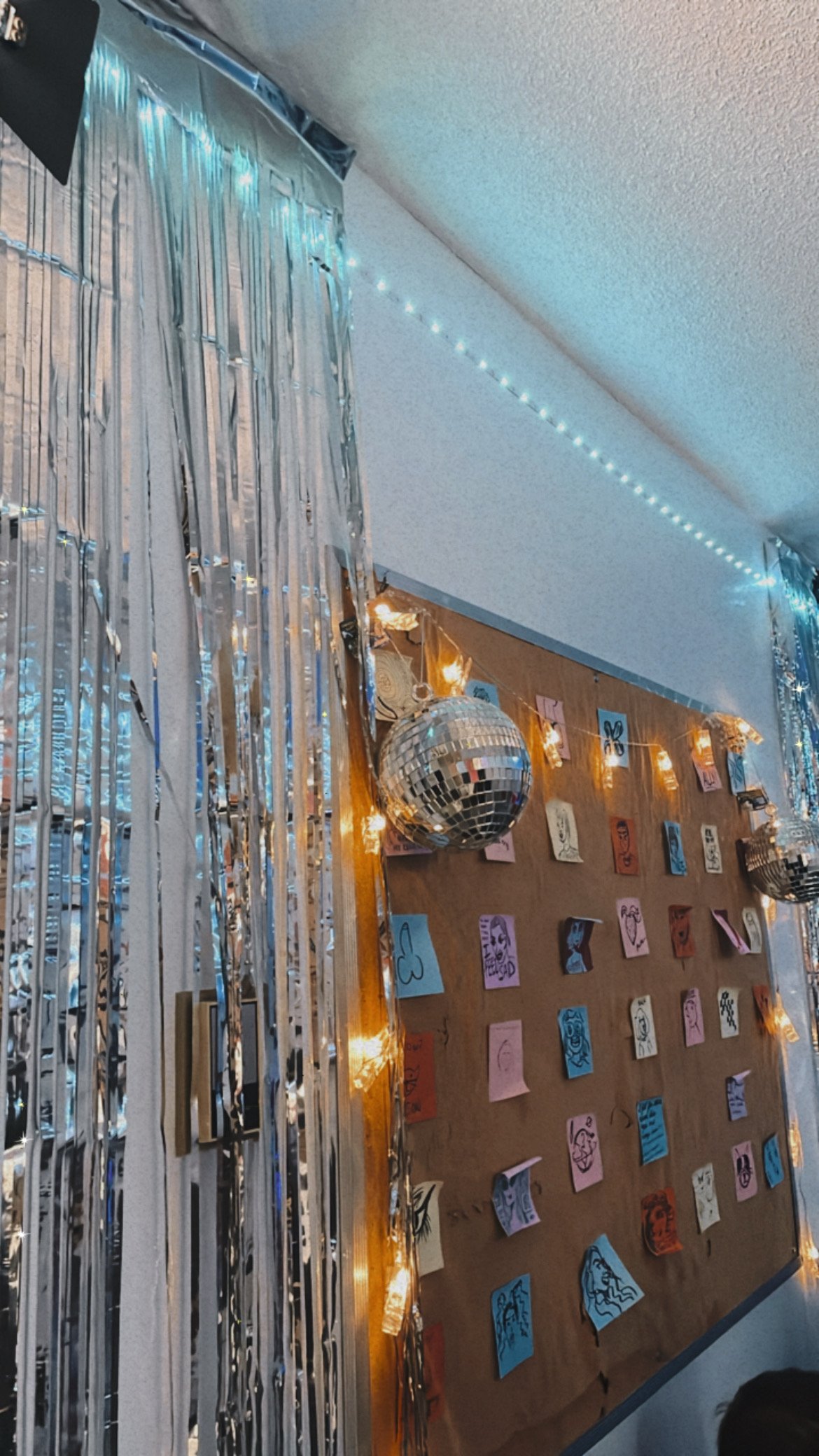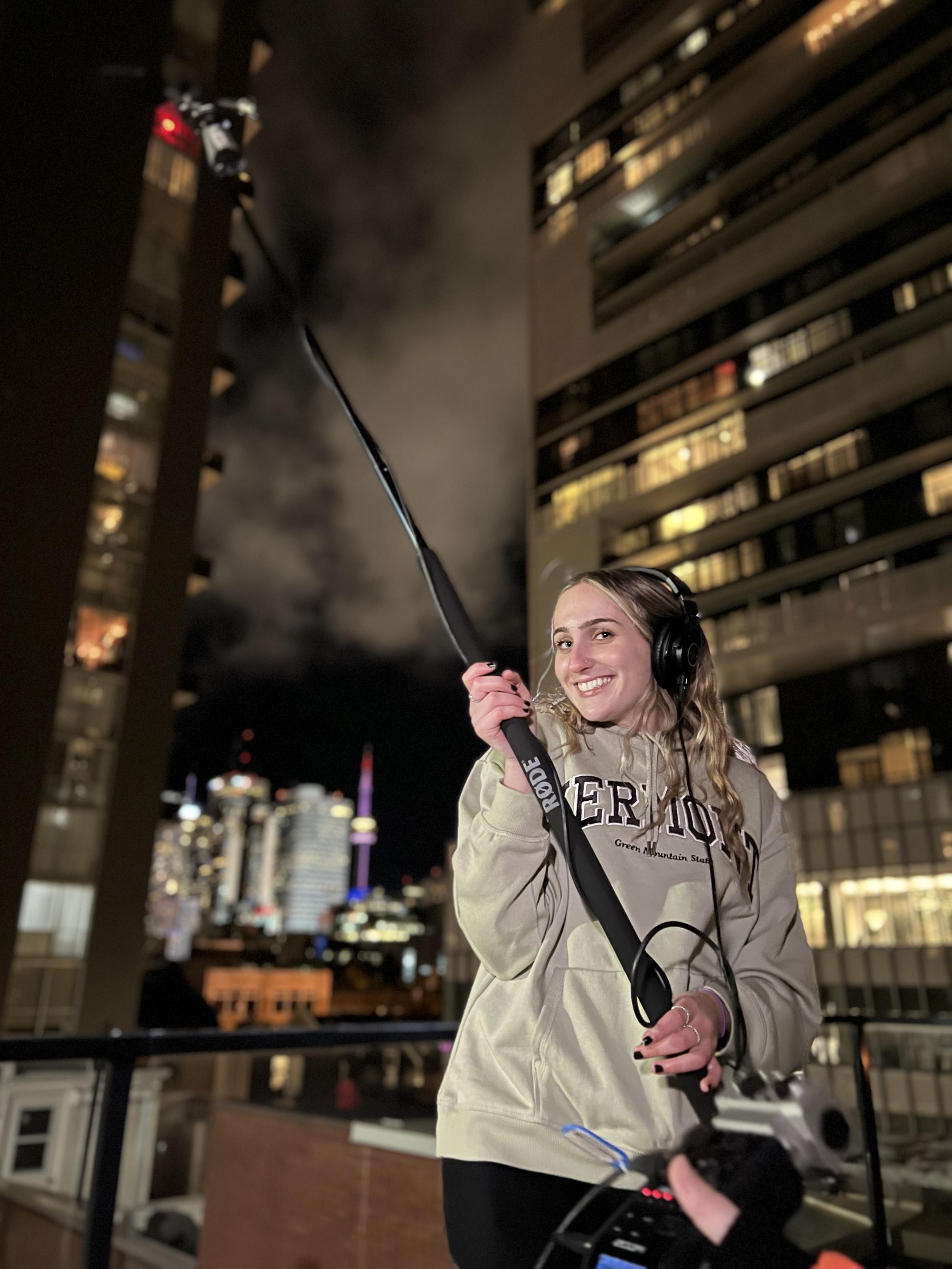How a local café chain is elevating the trivia game
By: Nalyn Tindall
If you consider yourself a pop culture whiz, Snakes & Lattes is the place to be on a Wednesday night. The board game café has become a date-night staple across Toronto, boasting multiple locations throughout the city on the streets of College, Bloor and Eglinton. The unique blend of board games, drinks and eats has made Snakes & Lattes a go-to destination for many Torontonians. But there’s more than just board games in store.
Trivia has become a fan favourite and stands out among the café’s many events, including mixers and karaoke nights. The chain currently holds weekly general trivia on Tuesdays at the Annex location, 600 Bloor St. W., and themed trivia nights every other Wednesday across the city, attracting a diverse crowd of trivia enthusiasts and casual players. Themes include a variety of pop culture knowledge from movies and TV shows to music, with Taylor Swift and The Office being two of their most popular topics.
What sets Snakes & Lattes Trivia Nights apart from others in the city is the elevated effort that goes into planning these events. Everything is next-level, including the decor, themed menus, costumes, prizes and thoughtfully crafted questions. The host, Max Simon, fosters engagement and enthusiasm among the players, bringing the experience up a notch. “The main goal for me when I'm hosting is it doesn't matter if you got it right or if you got it wrong, as long as you had fun. That's the real win right there,” said Simon.
With a lively atmosphere and supportive staff, the café creates a fun, dynamic and competitive environment, encouraging players to work together and test their knowledge to the fullest.
A variety of questions for casual viewers and hardcore fans made for a night of fun (Nalyn Tindall/CanCulture)
“We try to make it more of an experience with the themed menu and tossing in some props and decor from the show, so you're really getting a very immersive experience,” said Rebecca Moshe-Steinberg, community manager at Snakes & Lattes.
Moshe-Steinberg is the mind behind these events, proposing trivia night last year and recruiting Simon, her high school friend, to host. Following their first Marvel-themed trivia night in May, the idea took off and has led to many different themed trivia nights over the past year. These events have been well received and tend to sell out; Steinberg noted they’ve even attracted a cast of regular players at their events.
Along with my friends, I had the pleasure of attending the How I Met Your Mother-themed trivia night, which was a blast. The night began with a warm welcome from Simon, who explained the game's rules and set the evening's welcoming and joyful tone. The night consisted of four rounds of trivia, each based on different seasons of the shows, as well as a bonus round for the top two teams during intermission.
We tried drinks and food off their themed menu, which included thoughtfully crafted dishes with clever nods to characters and moments in the show. We tried the Madame Chews House of Dumplings, pork and kimchi-filled fried dumplings with gochujang sauce, and the Sumb*tches cookie, a sizeable skillet-baked cookie with vanilla ice cream. Both dishes were incredibly delicious and left me wanting more.
We also tried two themed drinks: a twist on a vodka cranberry called Ms. Robin and a scotch and honey-focused cocktail dubbed Daddy’s Here. Clearly created by master mixologists, the drinks were well-balanced, refreshing and, not to mention, aesthetically pleasing.
Our delicious drinks and dessert from the themed menu. (Nalyn Tindall/CanCulture)
I’d also recommend their regular menu, from which we tried the Snakes Winter Salad, Chai Latte and Mini Cheesecake Tart. I was highly impressed with the quality of food produced at a place that calls itself a café and would plan to eat dinner here if coming for a night of board games.
The night was filled with competitive yet friendly fun, and we found ourselves in fourth place once the 49th and final question had been marked. The questions varied from beginner-friendly to extremely niche, with a good mix of difficulty in each round. I had a great time testing my knowledge, trying tasty treats and joking around with my friend and other guests. “It really does build a great sense of community,” said Simon.
The themes selected for themed trivia nights are often suggestions from patrons and staff members, based on what’s expected to be popular or has previously been a hit.
Moshe-Steinberg noted that the entire team does a lot of research to ensure they’re getting the details right. From the head chef to the mixologists, every member of the team is dedicated to creating a memorable experience.
Overall, Snakes & Lattes trivia nights offer an entertaining and enjoyable experience perfect for groups of friends or family.
The entertaining, challenging gameplay and delectable food and drinks make for a night to remember. So if you're looking for a unique and engaging way to spend an evening in Toronto, head to Snakes & Lattes and get ready to test your knowledge and have some fun!



















